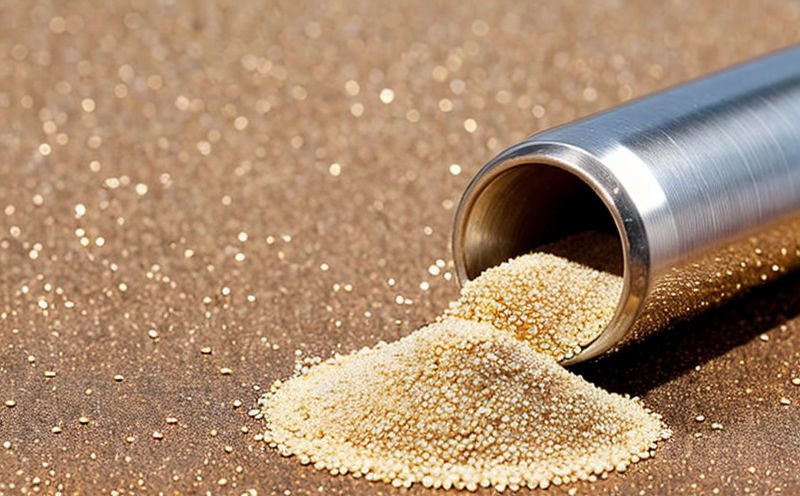Effect of cooling rate on grain size in metals
The Critical Impact of Cooling Rate on Grain Size in Metals Unlocking Material Properties with Eurolabs Expertise
In the world of materials science and engineering, understanding the intricacies of metal properties is crucial for businesses seeking to optimize their products performance, durability, and cost-effectiveness. One fundamental aspect that significantly influences metal behavior is the grain size, which is directly affected by the cooling rate. Grain size refers to the average diameter of crystals in a polycrystalline material, and it has a profound impact on various physical and mechanical properties.
In this article, we will delve into the effect of cooling rate on grain size in metals, exploring its significance, benefits, and applications. Our company, Eurolab, is at the forefront of providing laboratory services that cater to the needs of industries worldwide. By leveraging our expertise and state-of-the-art facilities, businesses can unlock the full potential of their materials.
What is Effect of Cooling Rate on Grain Size in Metals?
Effect of cooling rate on grain size in metals involves analyzing how different cooling rates influence the formation of crystal grains within a metal material. This phenomenon is governed by thermodynamics and kinetics principles, where faster or slower cooling affects the recrystallization process, grain growth, and microstructure development.
During solidification, rapid cooling can lead to an increased nucleation rate, resulting in finer-grained materials with improved strength and toughness. Conversely, slow cooling may allow for more extensive grain growth, potentially leading to coarser grains with compromised mechanical properties.
Why is Effect of Cooling Rate on Grain Size in Metals Essential for Businesses?
Understanding the effect of cooling rate on grain size in metals has far-reaching implications for industries relying on metal materials
Improved Mechanical Properties Optimized grain size can significantly enhance strength, ductility, and toughness, ensuring that products meet performance expectations.
Enhanced Ductility Finer-grained materials exhibit improved formability, making them ideal for applications requiring complex geometries or severe deformation.
Increased Corrosion Resistance Smaller grains often provide better resistance to corrosion, reducing maintenance costs and extending product lifespan.
Reduced Energy Consumption By fine-tuning grain size, businesses can minimize energy expenditure during processing, manufacturing, and operation.
Benefits of Effect of Cooling Rate on Grain Size in Metals
Eurolabs comprehensive analysis offers numerous benefits
Key Advantages
Precise Control over Material Properties Our expert team ensures that grain size is tailored to meet specific requirements.
Reduced Development Time With our laboratory services, businesses can accelerate product development and minimize testing time.
Enhanced Product Performance By optimizing grain size, companies can unlock superior mechanical properties and improve overall efficiency.
Cost Savings Minimizing energy consumption, reducing maintenance needs, and optimizing production processes lead to significant cost reductions.
Applications of Effect of Cooling Rate on Grain Size in Metals
The knowledge gained from this analysis has far-reaching implications across various industries
Aerospace and Defense Optimized grain size ensures high-performance materials for critical applications.
Automotive Improved mechanical properties enhance safety, efficiency, and comfort.
Energy and Power Generation Corrosion-resistant materials reduce maintenance needs and extend lifespan.
QA Section
Q What is the optimal cooling rate for achieving the desired grain size?
A The ideal cooling rate depends on the specific metal alloy, application, and required properties. Our expert team will work with you to determine the most suitable cooling rate for your materials.
Q Can Eurolabs laboratory services help me optimize my existing product?
A Yes! Our comprehensive analysis can identify areas of improvement in grain size, allowing you to refine your products and enhance their performance.
Q What kind of data can I expect from Eurolabs Effect of Cooling Rate on Grain Size in Metals service?
A We provide detailed reports outlining the effect of cooling rate on grain size, including microstructural analysis, mechanical property assessment, and recommendations for future optimizations.
By collaborating with Eurolab, businesses can unlock the full potential of their materials, driving innovation, efficiency, and profitability.




